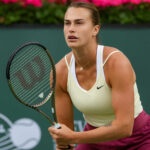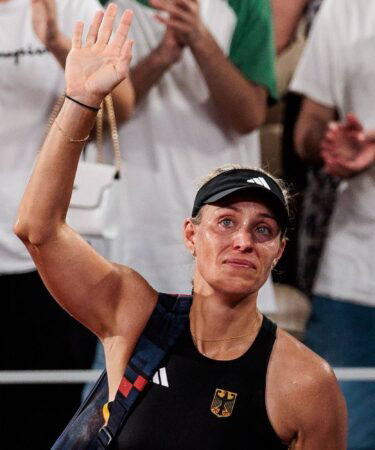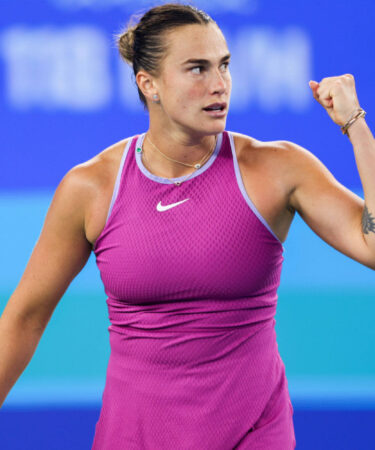Rybakina, Sabalenka…What if Swiatek has (finally) found her true rivals?
After several years of flux at the top of the women’s game, could Iga Swiatek, Aryna Sabalenka and Elena Rybakina be about to create genuine rivalries?
 Zuma / Panoramic
Zuma / Panoramic
Let’s start with a little quiz question: who are the last two players to have played each other more than once in a Grand Slam final? If you’re struggling to find the answer – it’s Serena Williams and Angelique Kerber, who played each other three times in the finals of majors between 2016 and 2018. It’s no coincidence, it is simply a reflection of the constant turnover that women’s tennis has been subjected to in recent times, with a lack of rivalry at the highest level being its main feature for too many years, and probably even its main problem.
Iga Swiatek, world No 1 for almost a year
Swiatek-Sabalenka-Rybakina: a “historic” trio in the last four at Indian Wells
Swiatek-Sabalenka-Rybakina: this trio has already written a page in the history of Indian Wells, as it is the first time that three reigning Grand Slam winners have reached the semi-finals of the tournament. You have to go back to Madrid 2015 to find a similar statistic in a WTA 1000 (Serena Williams, Petra Kvitova and Maria Sharapova at the time).
People in this post
More tennis news
How the old Zverev weighed down the new Zverev in the Masters semi-finals

Norway, Christian Ruud, Grand Slam runner-up: Everything you always wanted to know about Casper Ruud (but never had time to find out) – updated after 2024 ATP Finals exit

Italy, Carota Boys, Australian Open, drugs case: Everything you always wanted to know about Jannik Sinner (but never had the time to find out) – updated after reaching 2024 ATP Finals final

“It comes to a point where you wonder if tennis can be played any better” – Ruud on Sinner’s stratospheric performance

Players, prize money, dates, tickets: Everything you always wanted to know about the 2024 ATP Finals (but never had time to find out) – updated after Day 7









